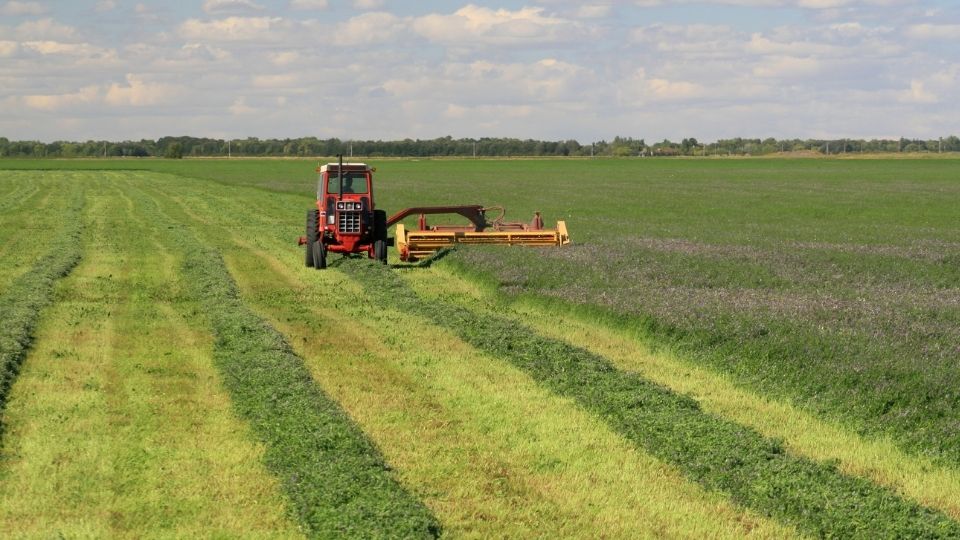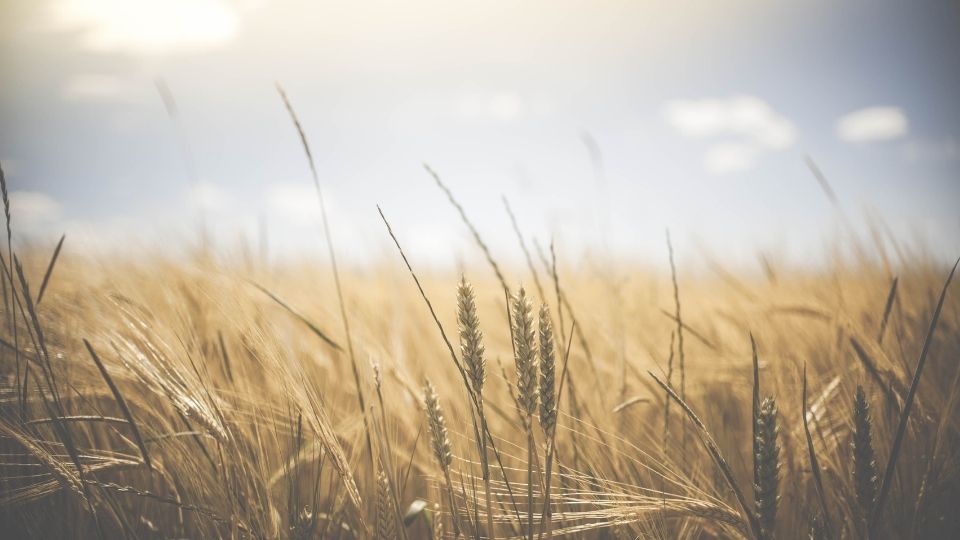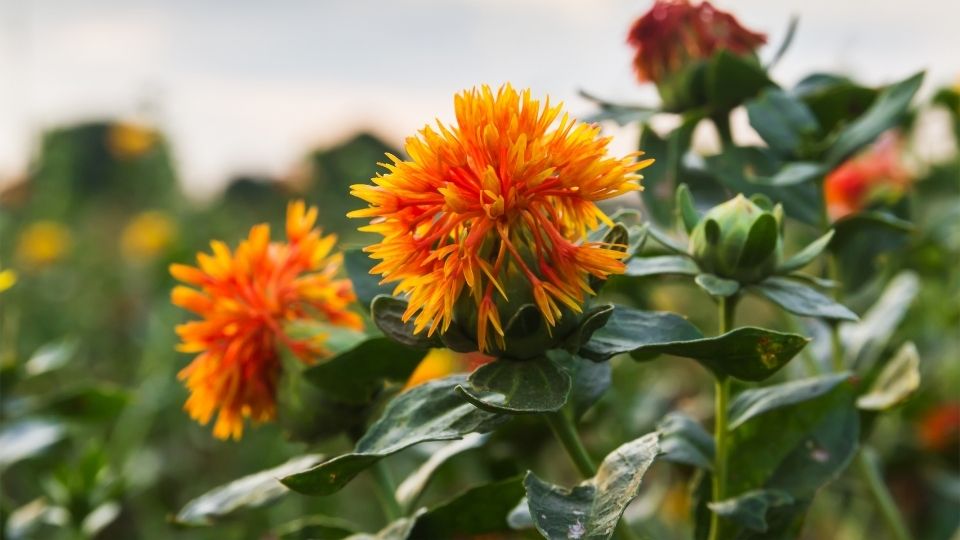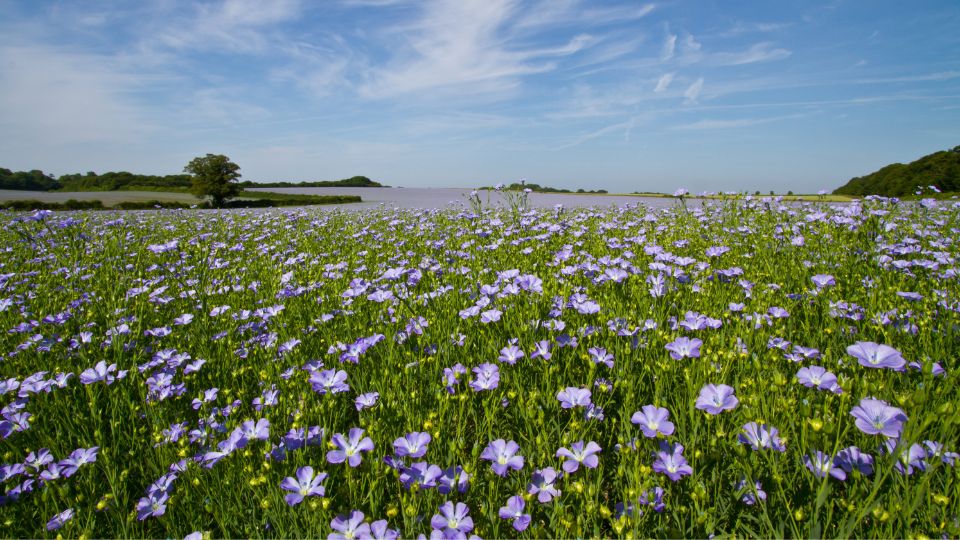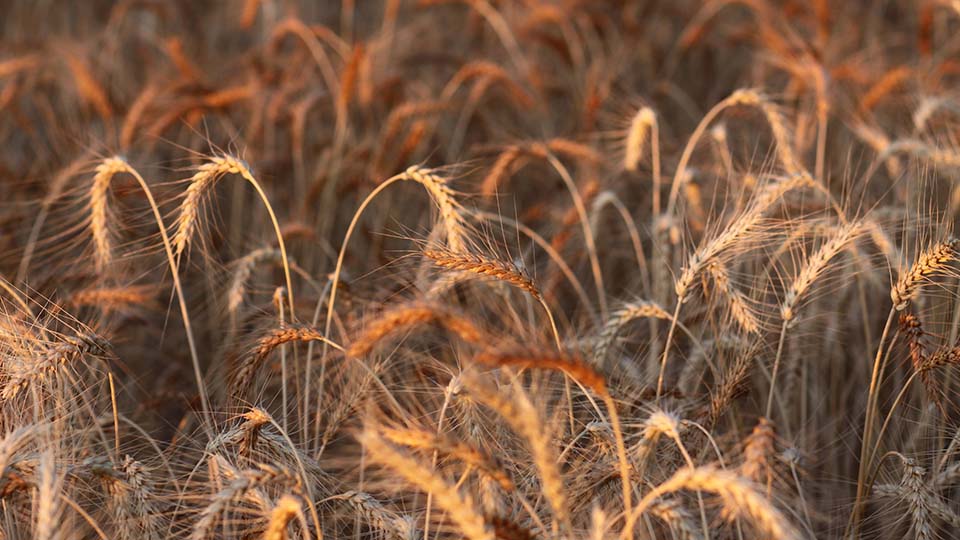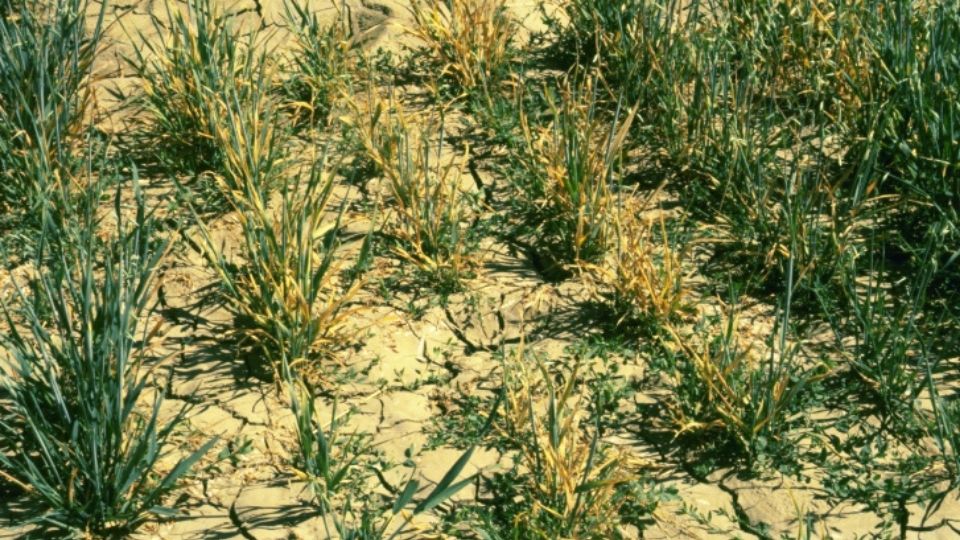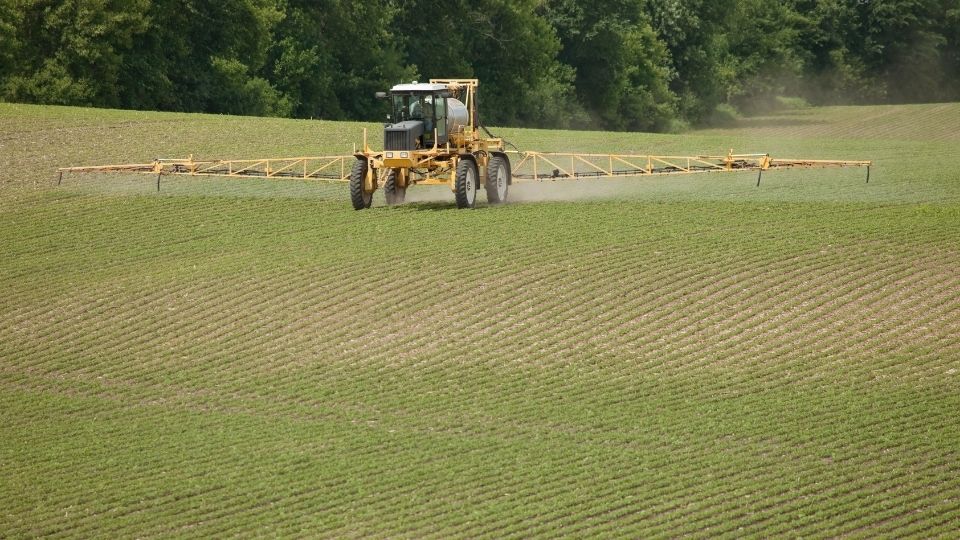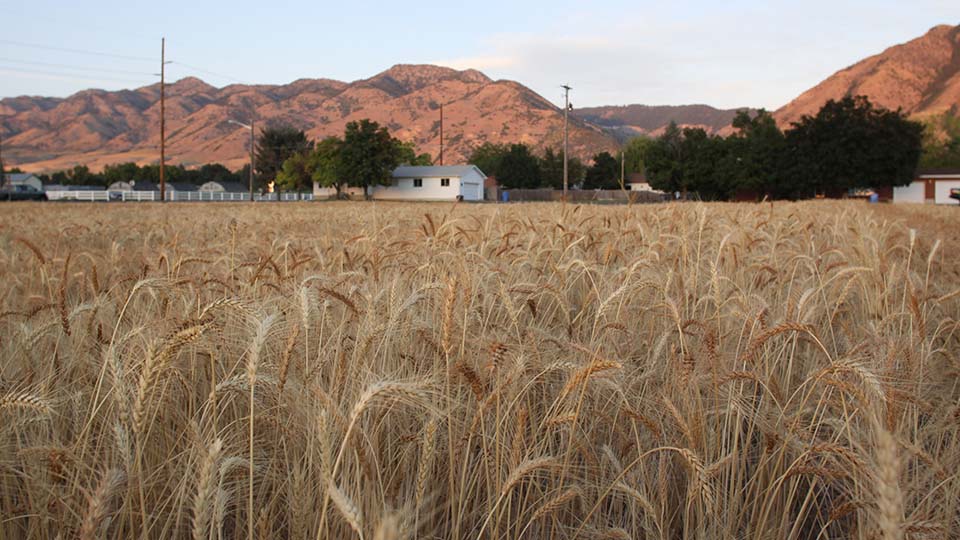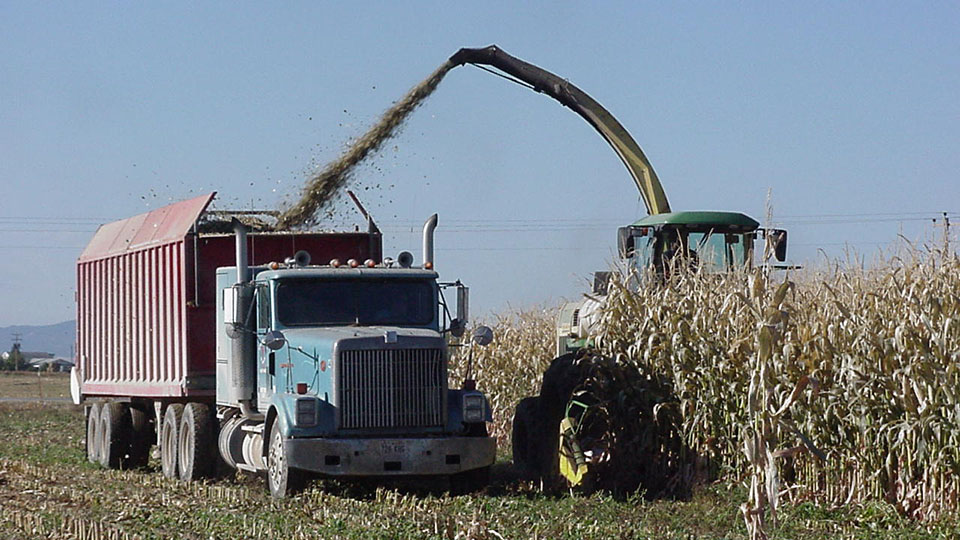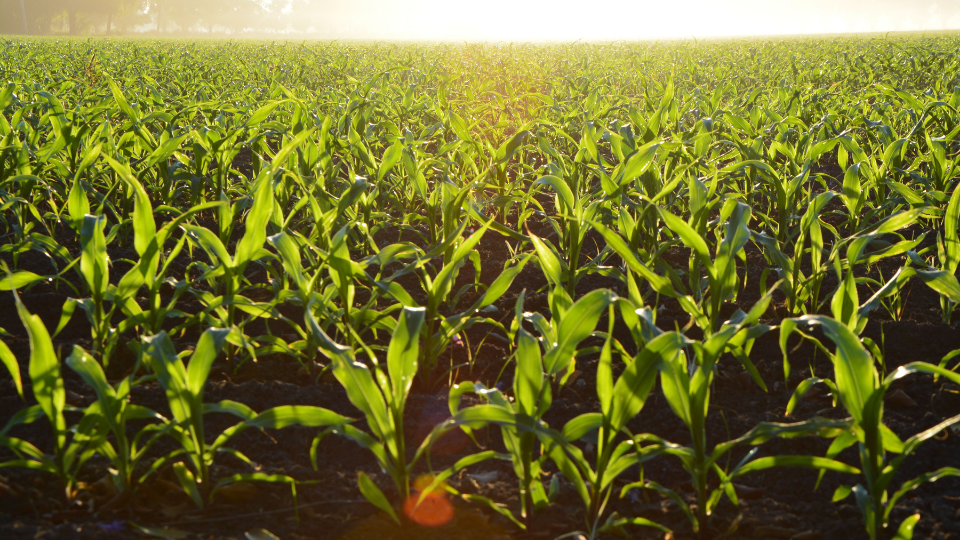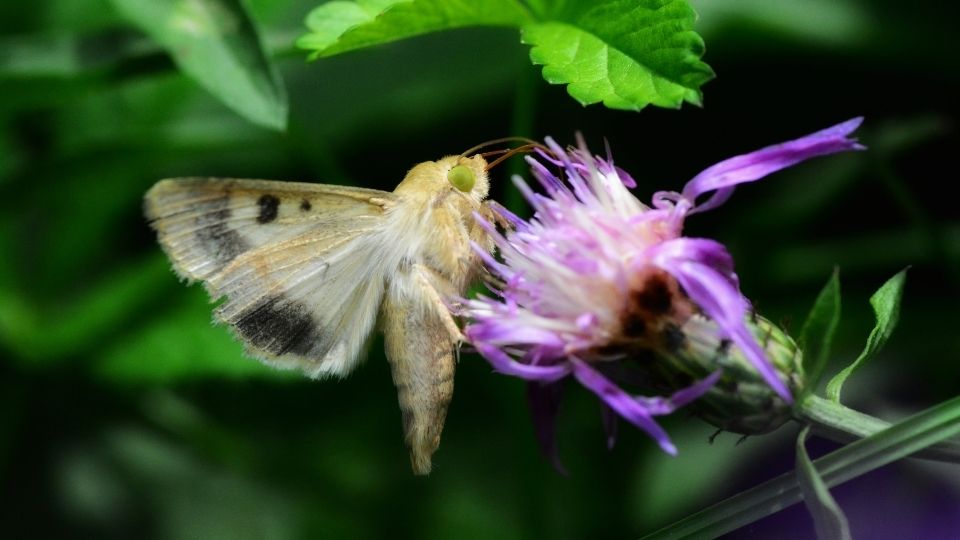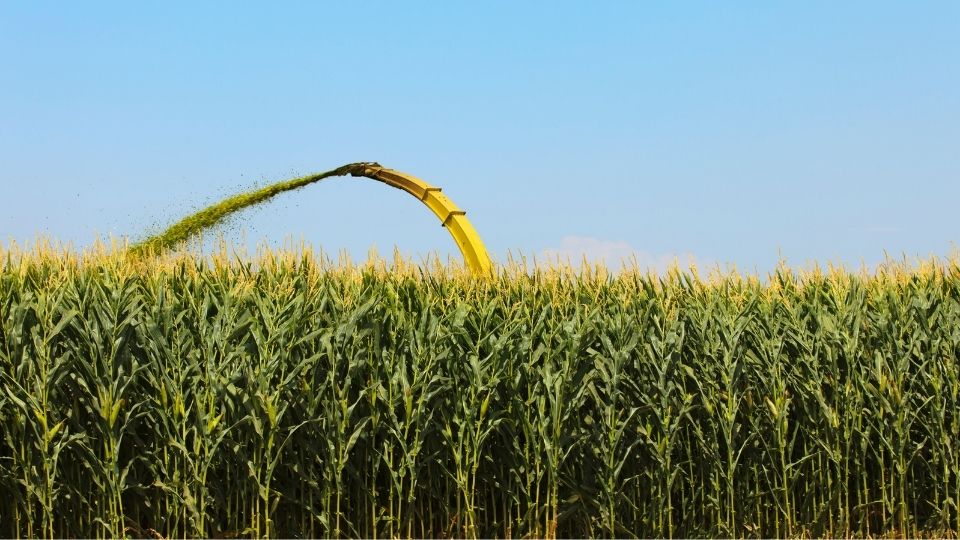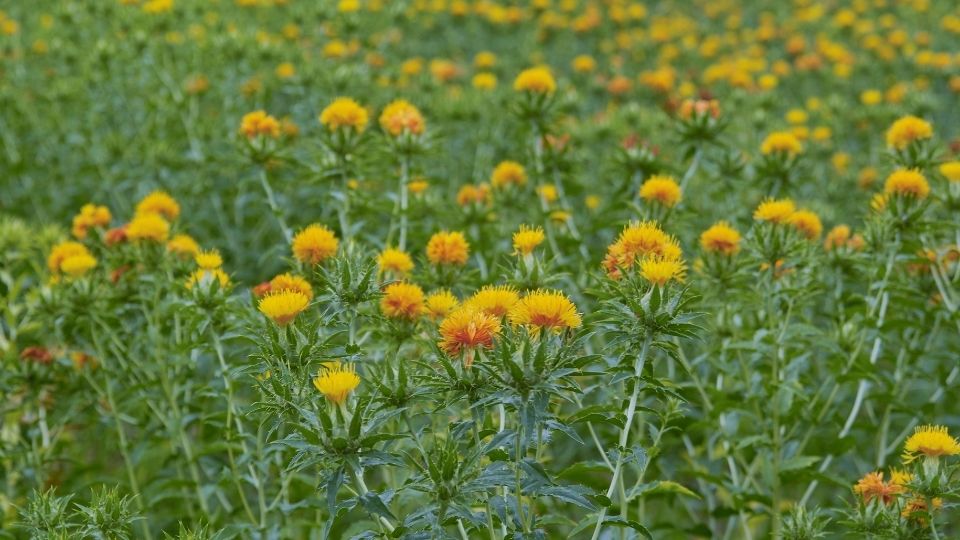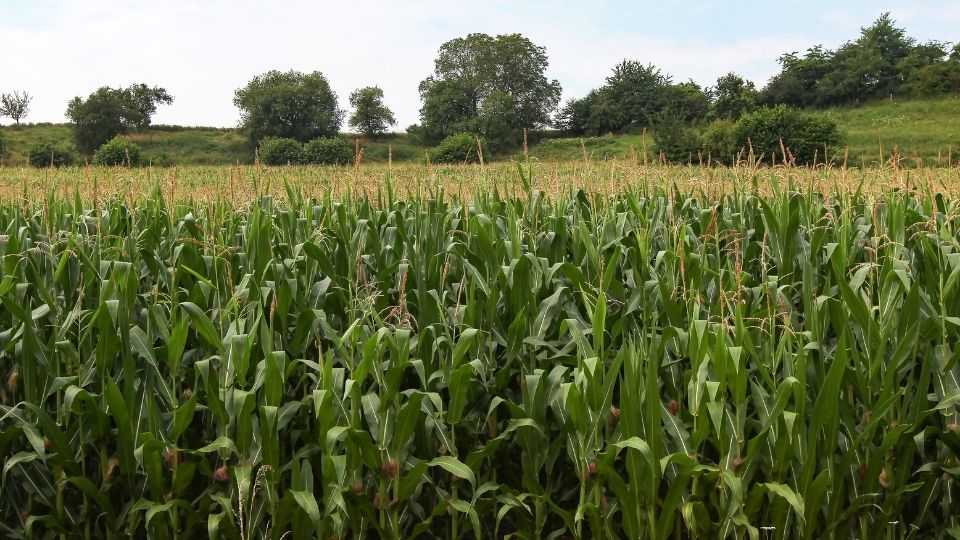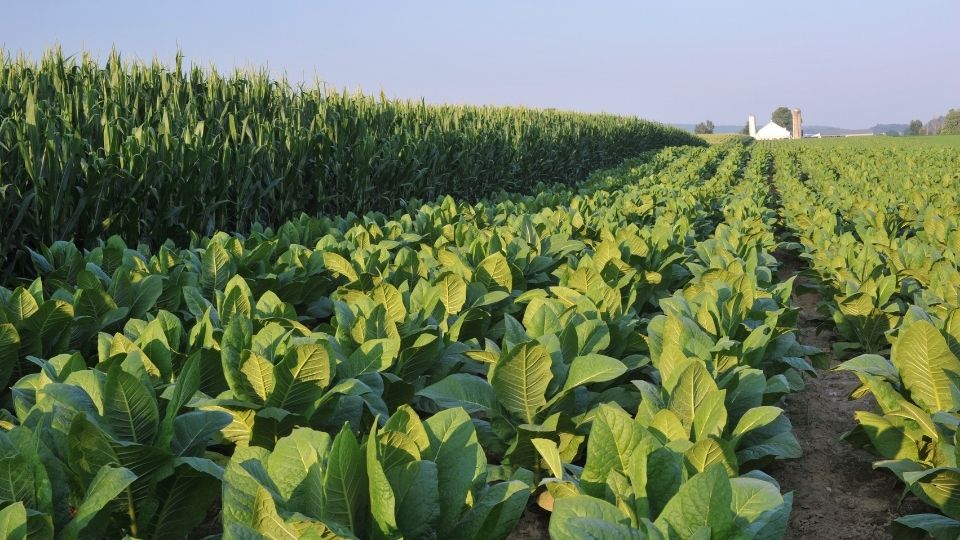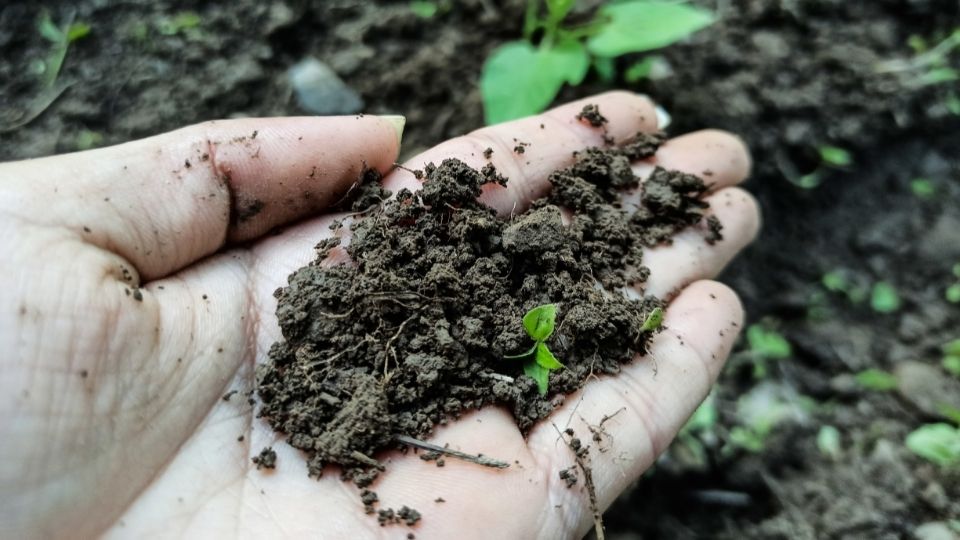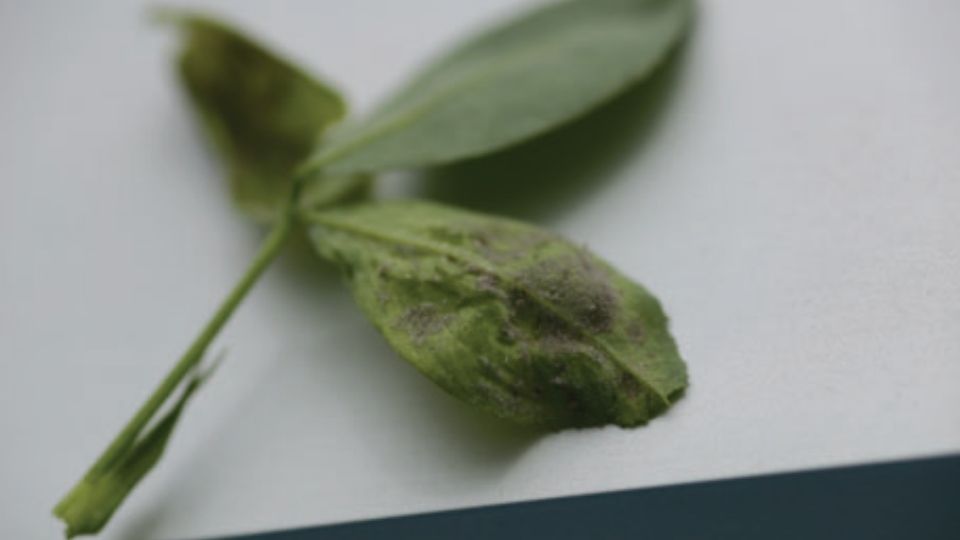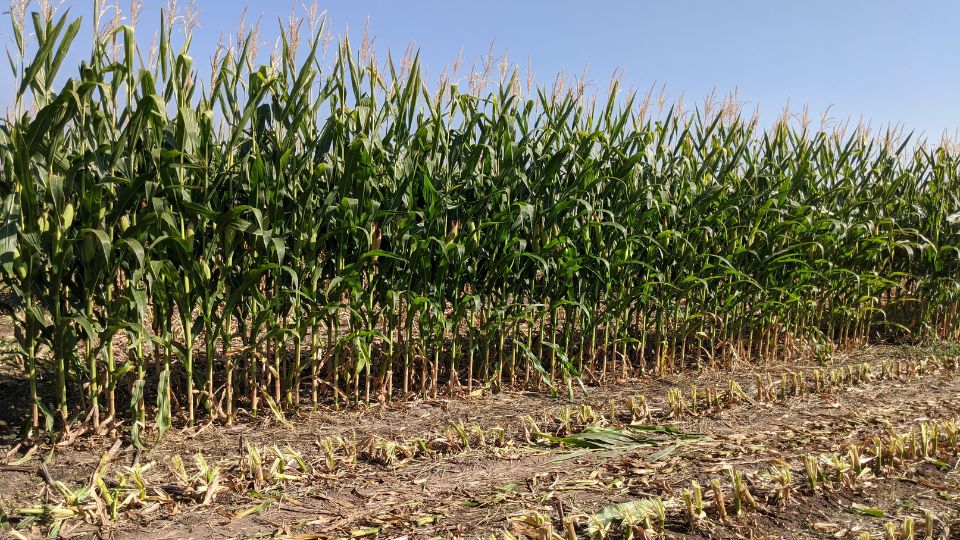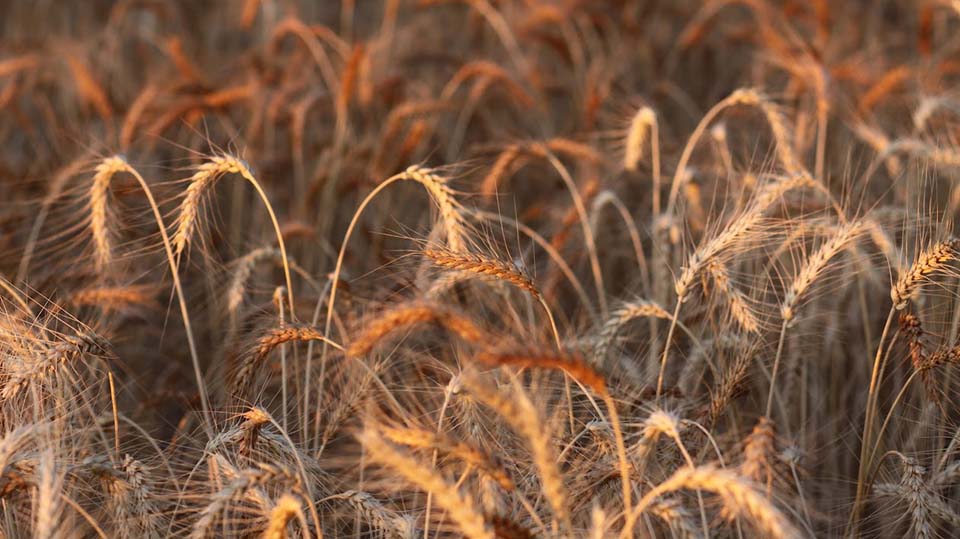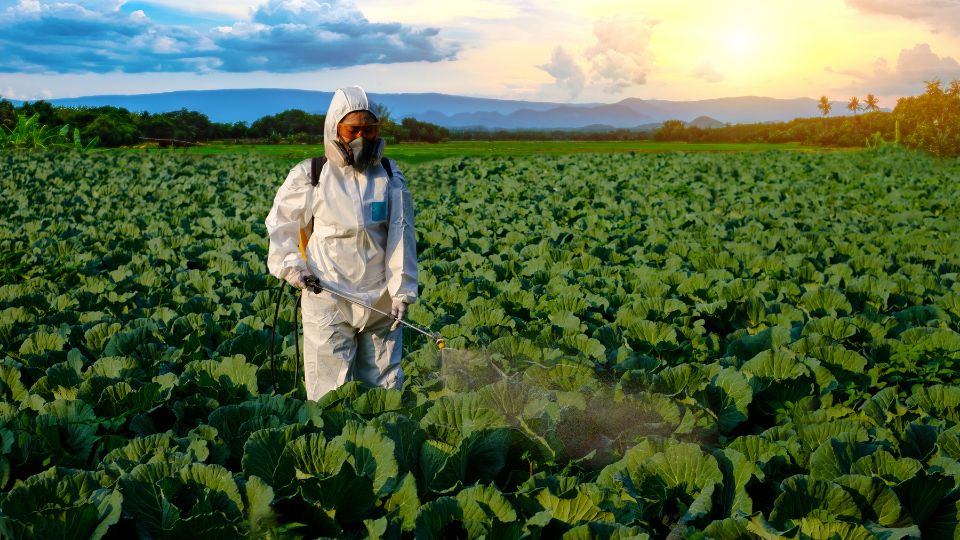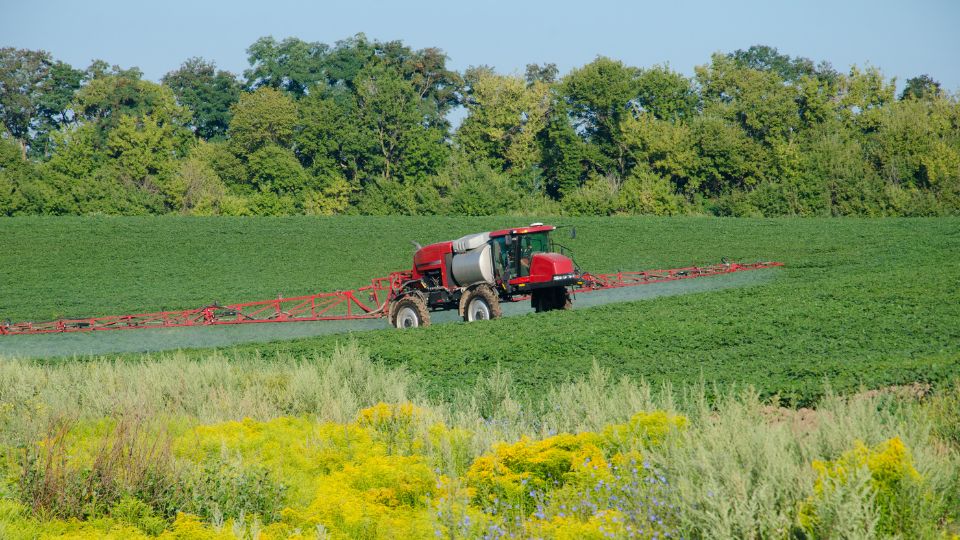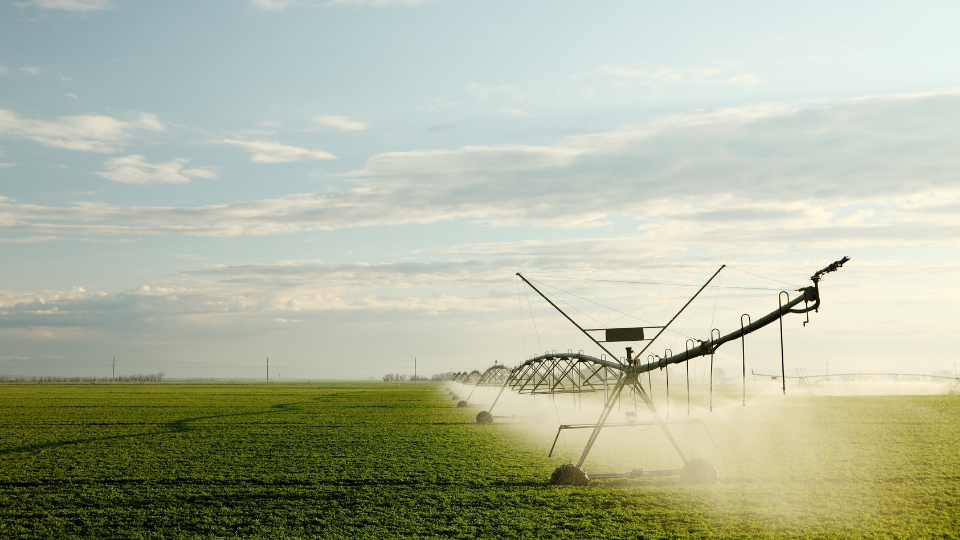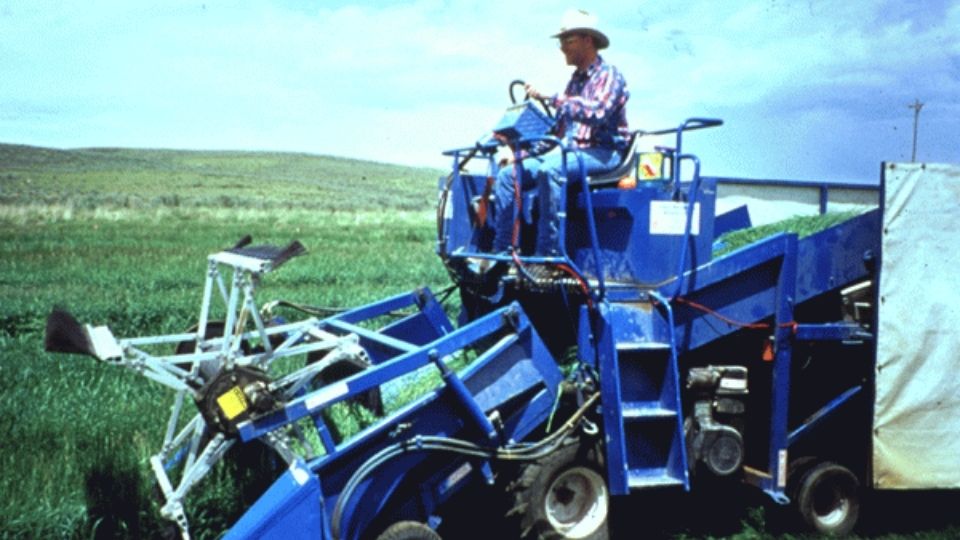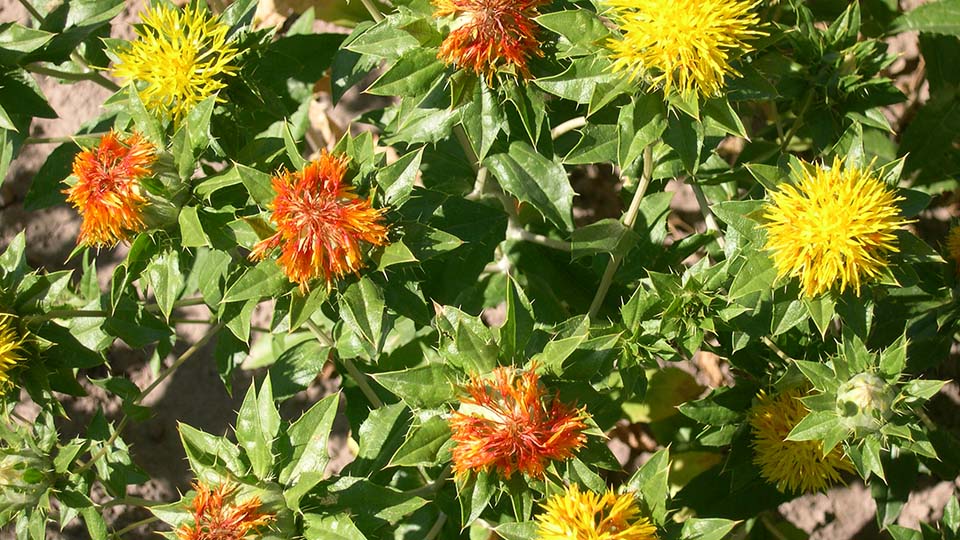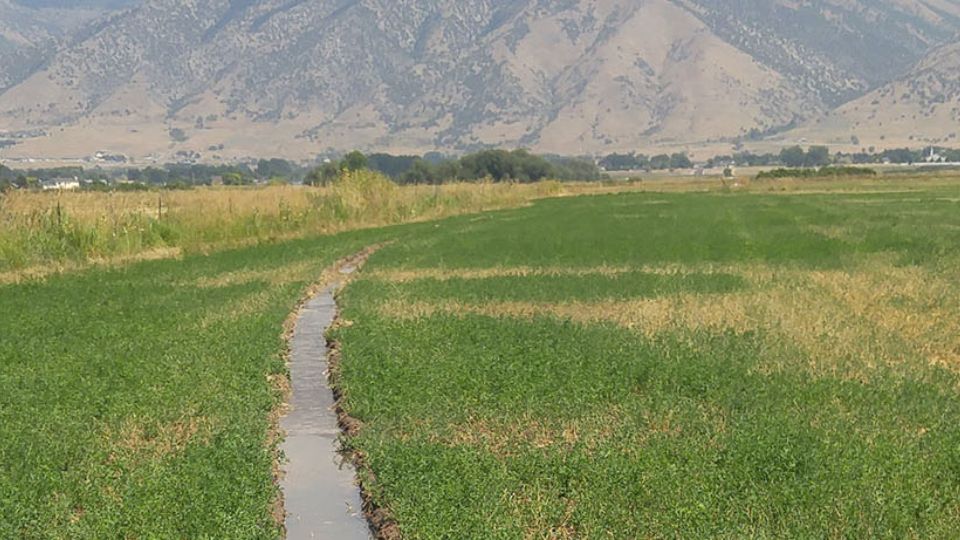Comparison of Three Traps Used for Pocket Gopher Management (Thomomys Bottae) in Alfalfa Fields
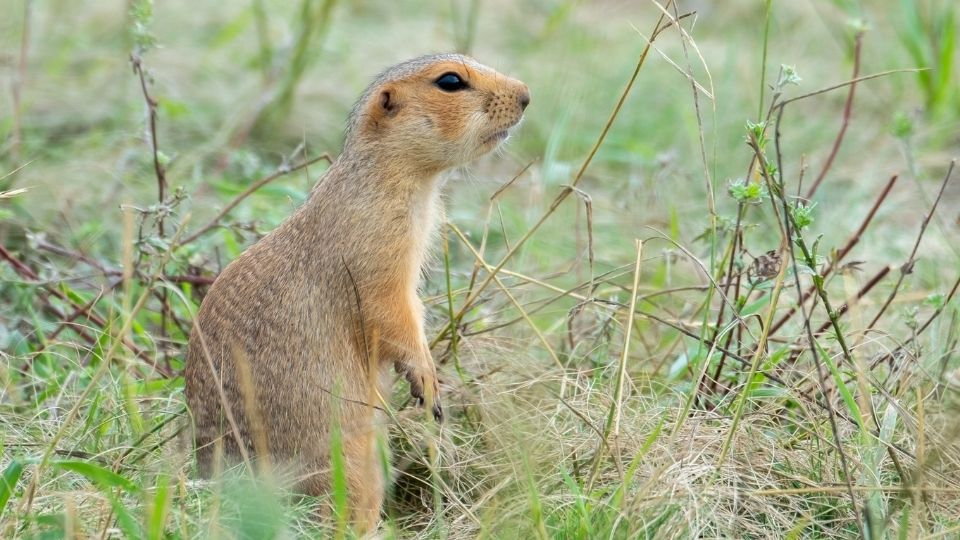
Introduction
Valley pocket gophers (Thomomys bottae) are a common agricultural pest in many areas of Utah, Nevada and California. Pocket gophers predominantly eat roots, although they will pull vegetation into their burrows, and eat plants immediately adjacent to their burrow holes. Unlike other fossorial rodents (rodents that live under the ground), pocket gophers are active year round throughout much of their distribution. Activity patterns vary with climate; however, valley pocket gophers generally begin breeding activities in late March – early April, with young born in late May – June. Juveniles will begin dispersal in August. Their activity patterns and diet causes agricultural conflicts wherever the two overlap. In a survey conducted by Messmer and Schroeder (1996), agricultural producers in Utah reported that pocket gophers were the most abundant threats to production, reported present on 124 (82.7%) of the farms surveyed. In a landscape of native arid vegetation such as in the sagebrush steppe in the Great Basin of the Intermountain west, crops with large tap roots (e.g., alfalfa, Medicago sativa), are an attractant for pocket gophers. The alfalfa growing season is longer than many other crops in Utah; the first cutting can begin in the last week of May and the last cutting usually occurs in October. This growing season encompasses the breeding, rearing, and dispersal seasons of valley pocket gophers. Thus farmers require options for pocket gopher control to protect their crops throughout the season; often an integrated management approach is the most effective. To increase effectiveness, removing pocket gophers via lethal control during the breeding season is often preferred because this removes the adult population and reduces the potential for juveniles during that season.
Of the lethal control methods available (e.g., trapping, rodenticides, fumigants), strychnine baits are the most common form of pocket gopher control in Utah because of the low cost and time associated with applying this method. In Utah, the timing of bait application to target reproductive adults in spring can be problematic; snow can remain on the ground through March, and snowstorms occur through April. Additionally, strychnine purchasing and application requires a pesticide applicators license, which is sometimes a hurdle for smallacreage or part-time producers. Furthermore, strychnine supplies have been low in the United States, with some companies no longer supplying the product (Baldwin et al., 2016). Thus, agricultural producers are interested in other methods that might work once alfalfa production has begun or that would not require a permit.
Traps are another form of pocket gopher control, and are often used in conjunction with baiting as an integrated pest management strategy. They can be used year-round, but are most effective during the breeding season and dispersal (August – September), when animals are moving around the most. Trapping effectiveness is also dependent on the type of trap, the crop, soil type, and the size and sex of the pocket gopher. Studies have indicated that trapping may be more effective than rodenticide application at reducing the breeding population each spring (Proulx, 1997; Cole and Proulx, 1997).
The most commonly used kill trap is the Macabee (Macabee Gopher Trap Co., Los Gatos, California) which was developed in 1900 (Marsh, 1998). Another recently popular trap is the Death Klutch 1 (P-W Manufacturing Company, Henryetta, Oklahoma, Model #DK-1), which was patented in 1917 and is popular in the northwest (Marsh, 1998). A third popular trap, the Cinch trap, was developed for use in Oregon and patented in 1910 (woodstream.com; Marsh, 1998). While all have been proven effective at capturing pocket gophers in the western U.S., there may be differences in the efficiency of these traps in Utah. Trapping is more labor intensive than baiting and therefore understanding the variability in the time efficiency of trapping success can assist in developing the most effective IPM strategy for farmers in the southern portion of the Great Basin. The goal of this study was to determine if trapping was an effective and efficient option for reducing pocket gopher densities in southern Utah.
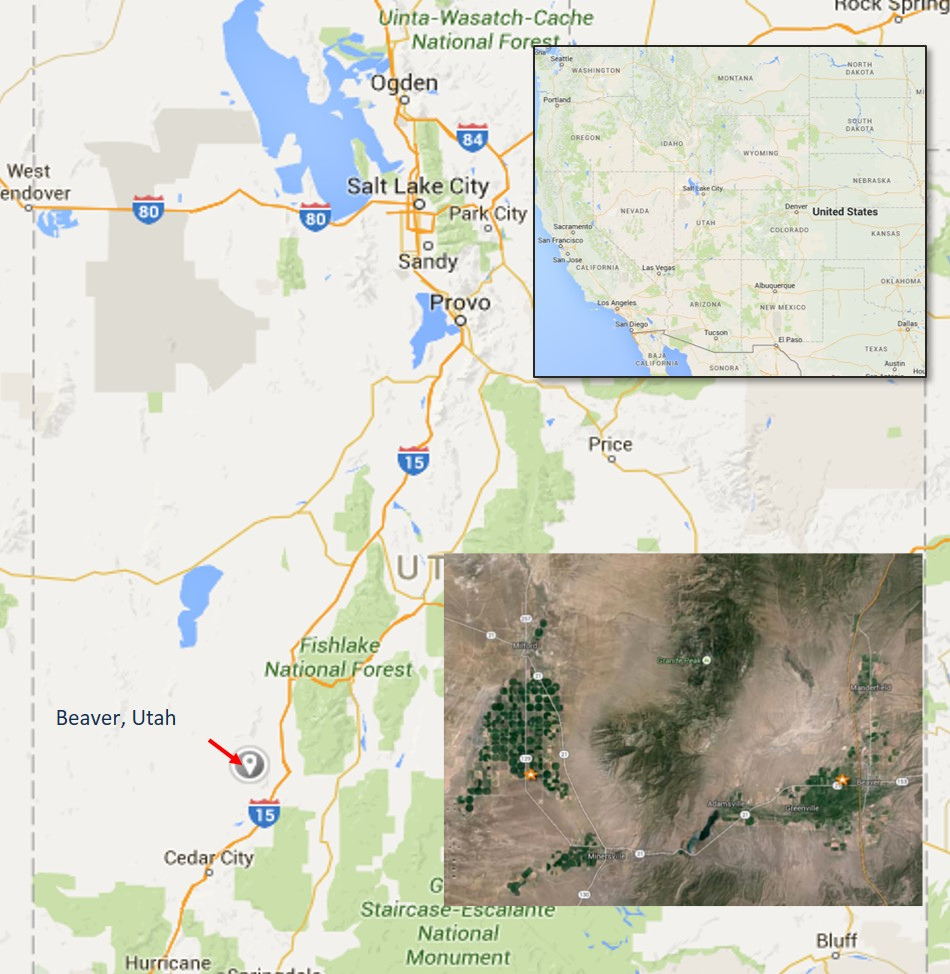
Figure 1. The location of the general area of the study in Beaver County, Utah. 2014-2015. Insets depict the location of Utah within the United States and the distribution of (irrigated) farmlands within the study area. Map courtesy of Google.
Study Area
The study was conducted in Beaver County, Utah. The natural landscape in Beaver County is considered high desert, part of the Great Basin ecosystem as defined by West and Young (2000). Shrubs are generally <1 m in height and sparsely spaced with loamy surface soils, and microphytic crusts. Grasses are also sparsely distributed. The elevation of the study area ranged from 1,493 m in Milford to 1,798 m in Beaver. The mean annual air temperature throughout the study area ranged from 7.2° – 10° C, averaging 100-140 frost free days annually. The average maximum temperature (1971-2000) occurred in July (31.3° C). The annual precipitation ranged from 23 – 30.5 cm, presenting predominantly as snow in March and April and rain in August, with a total annual average precipitation of 30.5 cm (1971-2000; Utah Climate Center, 2016). The soils of the study area are considered a silty clay loam, of 0-2% slopes that U.S. Natural Resource Conservation Service considers prime farmland if irrigated and a gravelly loam of similar slope that is not classified as prime farmland (NRCS, 2016). The water table was a minimum of 2 m below the surface.
Beaver County ranks 10th in the state in the number of acres in hay, grass silage, and greenchop production (113.31 km2 , 28,000 acres) with another 20.24 km2 (5,000 acres) in corn silage, corn for grain and wheat (USDA, 2012). Farm production is located around three municipalities, Beaver, Milford, and Minersville. The largest municipality in Beaver County is the town of Beaver, with roughly 2,500 residents and another 500 persons living outside the municipal boundary (Figure 1). Milford, to the west, has 1,400 residents within the municipality and surrounding areas.
Methods
In 2015, we compared the effectiveness and efficiency of several types of kill traps: Macabee, DK-1, and Cinch. We had a sample of four fields, each located outside Beaver. We began the first week of April and continued 6 weeks. We began later in the season to: a) ensure that we were trapping during the breeding season, and b) determine which trap would be most effective if used once alfalfa had begun to grow. For each study field, we randomly designated three 2,023.5-m2 (0.5-acre) plots to one of three trap types: Macabee, DK-1, or Cinch (3” medium) pocket gopher trap. For each plot type, we set 10 traps. Traps were set by first locating a pocket gopher mound. Using a metal stake, we probed into the ground soil approximately 15 – 20 cm from the mound, in a circle around the mound, until we found the main tunnel. Using a shovel, we dug into the soil to expose the main tunnel. Once the main tunnel was exposed, we dug a hole approximately 20 - 25 cm wide in order to have room to manipulate the trap into the main tunnel. Once we set the trap into the main tunnel, we excavated the tunnel in the opposite direction, and set another trap along this portion of the tunnel. We did not cover the opening created by setting the trap. In rare situations, the tunnel of the opposing direction could not be located, in which case we only set one trap at the burrow.
Cinch traps can be set in the main (horizontal) or lateral (perpendicular to the surface) tunnel. While placing cinch traps in the lateral tunnel would have been faster, we set ours in the main tunnel, to be consistent with the other two trap method sets. We excavated the hole such that the Cinch trap pinchers were in the main tunnel, with the pan flush with the ground, at the angle permitted by the main tunnel. Cinch trap pans are much larger than the diameter of Macabee and DK-1 traps (11.4 x 16.5 cm), requiring a larger space to allow for the pan to be secure against the ground.
To assess the effectiveness of the traps, we checked each study plot every 48 hours to record trapped animals, tripped traps, plugged holes, or no activity. When an animal was trapped or there was no activity on a set by the second visit (96 hours), we moved the trap to another active burrow. During each visit to the study plot, we also recorded the length of time that we spent surveying the plot, and checking and moving traps.
Statistical Analysis
We used the R Studio package (RStudio Team, 2015) within R statistics (R Development Core Team, 2008) to execute the comparisons of effectiveness between baiting and traps, and among trap types. Because our sample size was small, we used Kruskal-Wallace Rank Sum Test, a nonparametric, rank-based one-way analysis of variance. Comparisons were considered statistically different if the probability (P) ≤ 0.05.
Results
Macabee traps attracted more attention (i..e.,traps tripped, traps plugged) than cinch or DK-1 traps (Table 1). Overall, they were more effective (animals caught per animal visits to the trap) than the other trap types (KW X2 = 7.12, df= 2, P = 0.03), but they were also tripped or plugged statistically more than the other two traps (KW X2 = 6.05, df = 2, P = 0.048). Macabee traps were more time efficient than the DK-1 or Cinch traps, based on the number of animals trapped per minute spent in the field (KW X2 = 10.2, df=2, P = 0.006); this is most evident during weeks 3-6 (Figure 2).
Trapping effectiveness can be affected by the increase in the trappers’ ability to set the traps (increased success) and the reduction in resident pocket gophers (decreased success). We look at the change in # of pocket gophers trapped weekly and the # of sets tripped or plugged weekly to determine trends in pocket gopher activity over time. Because of the small sample size, we did not make statistical comparisons of the weekly changes. However, there was a diminishing trend in both the change in the # of pocket gophers trapped and the change in the # of sets tripped for each trap type (Figure 3) suggesting a reduction in pocket gopher activity.
Table 1: The average number of pocket gophers trapped, set tripped or plugged and average duration in the field by treatment type, Beaver County, Utah, 2015.
| Trap Type | Ave. # trapped per week ± standard error | Ave. # tripped or plugged per week ± standard error | Ave. duration in field (minutes) per week ± standard error |
|---|---|---|---|
| Cinch | 0.5 ± 0.16 | 1.2 ± 0.30 | 29 ± 3.5 |
| DK-1 | 0.9 ± 0.27 | 2.3 ± 0.41 | 36 ± 2.4 |
| Macabee | 1.4 ± 0.22 | 2.5 ± 0.40 | 34 ± 3.0 |
Discussion
This study is not meant as a comparison to larger operations or those with a different growing season and climate than what is found in the Intermountain West’s Great Basin. However, there are very few studies of valley pocket gopher control in this region, and thus these results may assist Intermountain West farmers in the future. To determine which trap may be the most effective at capturing valley pocket gophers and was the most time efficient, we compared three commonly used kill traps designed specifically to trap pocket gophers. The Macabee, a traditional trap, was the most effective trap in our study, although no trap was very effective. Macabee traps caught more pocket gophers per total visits to the trap, but there was also a large number of traps tripped or plugged each week.
In contrast, Baldwin et al. (2013) determined that a torsion spring-loaded trap (Gophinator trap, Trapline Products, Menlo Park, CA), similar to the DK-1, was more effective than the Macabee trap. In their study, the Gophinator trap was more effective at trapping larger animals. We found that we frequently had tripped or plugged traps indicating that we had missed a capture. It is possible that the Macabee traps, while attracting the most attention, were unable to capture larger animals. This could cause animals to become trap shy, ultimately reducing the possible effectiveness of the control program. Baldwin et al. (2013) determined that covering the hole left by setting the trap increased their ability to capture heavier (and potentially older) adults. We did not collect data on weight or sex of pocket gophers in this study; therefore, we cannot determine which traps were better at capturing heavier animals. However, continuing the research by replicating the study with a closed trap set would be beneficial to determining if we could increase trap effectiveness among the different trap types.
The incidence of having traps tripped or plugged may also be related to user error, in that the researcher had to learn and acquire skill at setting each trap (Baldwin, 2013). Pipas et al. (2000) evaluated the effectiveness of three pocket gopher traps, including Macabee and cinch. In their study, cinch traps were more effective. With their larger size we found that the cinch traps were difficult to set in a manner that would allow them to be stable and inconspicuous. This most likely affected our ability to be successful with the cinch traps in our rocky terrain. Additionally, we chose to set the cinch traps in the main (horizontal) tunnels.
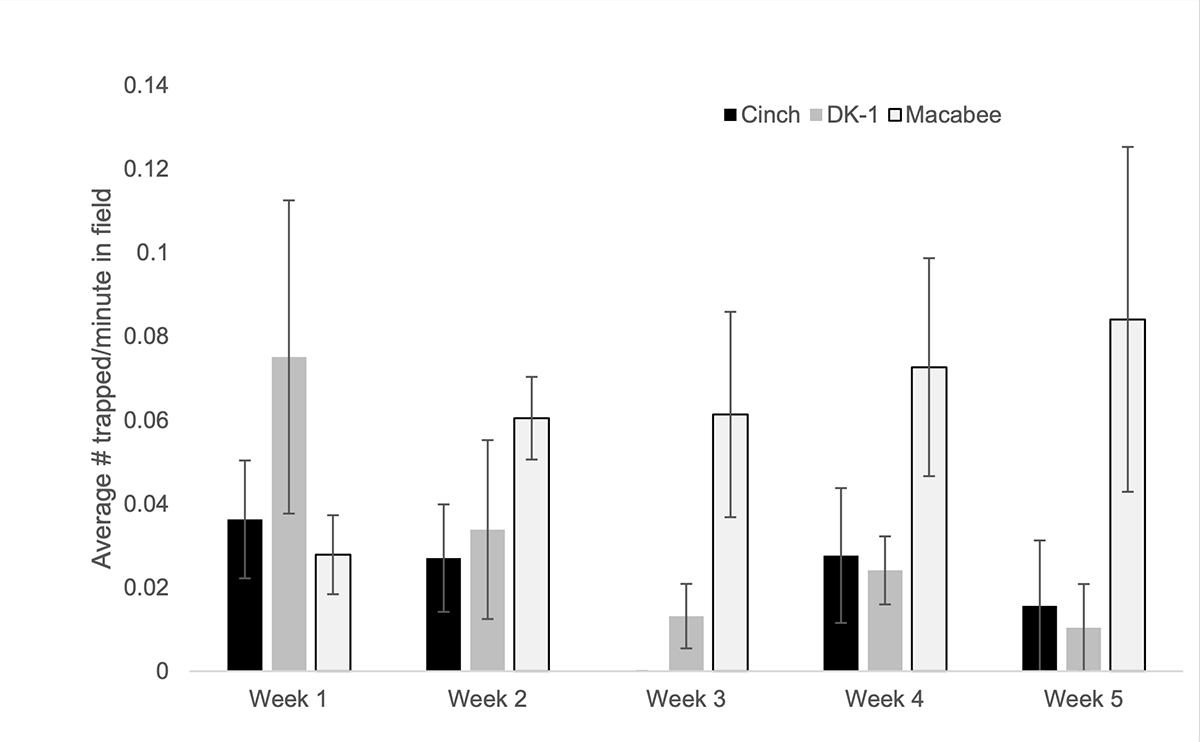
Figure 2. Comparison of the weekly average number of pocket gophers caught per minute in the field for Cinch, DK-1 and Macabee traps, Beaver County, Utah, 2015.
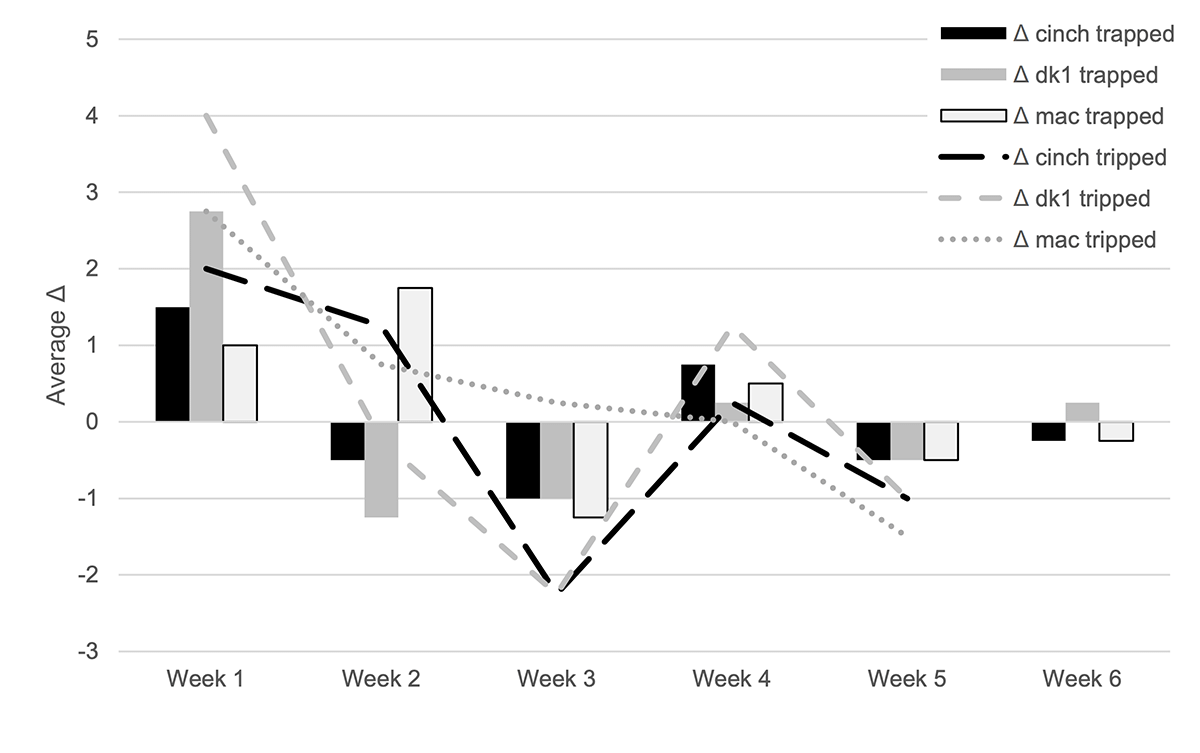
Figure 3. Comparison of the weekly change in the number of pocket gophers trapped and sets tripped for Cinch, Dk-1 and Macabee traps, Beaver County, Utah, 2015.
However, setting them in the lateral tunnel may increase their effectiveness. The ability to set the traps and ease of setting the traps was also reflected in the # of pocket gophers trapped compared to the time spent in the field. Time efficiency increased in the Macabee each week, although there was a high degree of variability, related to the number of animals trapped in each plot.
Loeb (1990) indicated that irrigated pastures may support year-round reproduction, which would result in a situation where pocket gopher control would need to be continuous to maintain low densities of them in productive fields. Past studies have indicated that trapping may be more effective at reducing the breeding population (Proulx 1997). Therefore, continued research to determine how to lower the number of traps tripped and increase trap effectiveness is needed, so that farmers can target this breeding population. Additionally, comparing single strategy methods to a combined strategy would be beneficial to determine if the combination of methods would increase efficiency.
In conclusion, we found the Macabee trap to be the most effective at trapping pocket gophers and the most time efficient trap used. This effectiveness was most likely a combination of the ease of learning to use this trap and trap size. Future studies should look at modifying the trapping methods to increase the effectiveness of traps, changing the timing and duration of control methods, and the effectiveness of combining baiting with trapping to reduce the breeding population of pocket gophers in the Intermountain West’s Great Basin.
Excerpted from: Frey, S. N., and Nelson, M. (in press). Fine tuning pocket gopher management (Thomomys bottae) in alfalfa fields of southern Utah. Proceedings of the 27th Vertebrate Pest Conference.
References
- Baldwin, R. A., A. Chapman, C. P. Kofron, R. Meinerz, S. B. Orloff, and N. Quinn. 2015. Refinement of a trapping method increases its utility for pocket gopher management. Crop Protection 77:176-180.
- Baldwin, R. A., D. B. Marcum, S. B. Orloff, S. J. Vasquez, C. A. Wilen, and R. M. Engeman. 2013. The influence of trap type and cover status on capture rates of pocket gophers in California. Crop Protection 46: 7-12.
- Loeb, S. C. 1990. Reproduction and population structure of pocket gophers (Thomomys bottae) from irrigated alfalfa fields. Proceedings of the Fourteenth Vertebrate Pest Conference. Paper 56.
- Marsh, R. 1998. One hundred years of pocket gopher traps and trapping. Proceedings of the eighteenth Vertebrate Pest Conference. Paper 59.
- Messmer, T. A., and S. Schroeder. 1996. Perceptions of Utah alfalfa growers about wildlife damage to their hay crops: implications for managing wildlife on private lands. Great Basin Naturalist 265: 254-260.
- Proulx, G. 1997. A northern pocket gopher (Thomomys talpoides) border control strategy: promising approach. Crop Protection 16:279-284.
- R Development Core Team (2008). R: A language and environment for statistical computing. R Foundation for Statistical Computing, Vienna, Austria. ISBN 3- 900051-07-0, URL http://www.R-project.org.
- RStudio Team (2015). RStudio: Integrated Development for R. RStudio, Inc., Boston, MA URL http://www.rstudio.com/.
- U.S. Department of Agriculture. 2012. Census of Agriculture County Profile, Beaver. County, Utah. Accessed at http://www.agcensus.usda.gov/Publications/2012/Onlin e_Resources/County_Profiles/Utah/cp49001.pdf U.S. Natural Resource Conservation Service. 2016. Web Soil Survey. Accessed at http://websoilsurvey.sc.egov.usda.gov/App/WebSoilSur vey.aspx?aoissa=UT626&location=(- 113.22661%2038.61206,-111.79498%2037.91940)
- Utah Climate Center. 2016. Accessed at https://climate.usurf.usu.edu/mapGUI/mapGUI.php
- West, N. E., and J. A. Young. 2000. Chapter 7: Intermountain Valleys and Lower Mountain Slopes. North American Terrestrial Vegetation. Second edition. Cambridge University Press, The Pitt Building, Trumpington Street, Cambridge, United Kingdom.
Published October 2016
Utah State University Extension
Peer-reviewed fact sheet
Authors
Dr. S. Nicole Frey and Mark Nelson
Related Research




